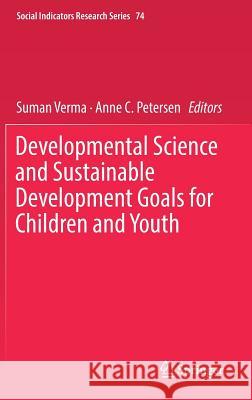Developmental Science and Sustainable Development Goals for Children and Youth » książka
topmenu
Developmental Science and Sustainable Development Goals for Children and Youth
ISBN-13: 9783319965918 / Angielski / Twarda / 2018 / 468 str.
Kategorie:
Kategorie BISAC:
Wydawca:
Springer
Seria wydawnicza:
Język:
Angielski
ISBN-13:
9783319965918
Rok wydania:
2018
Wydanie:
2018
Ilość stron:
468
Waga:
0.85 kg
Wymiary:
23.39 x 15.6 x 2.69
Oprawa:
Twarda
Wolumenów:
01
Dodatkowe informacje:
Wydanie ilustrowane











